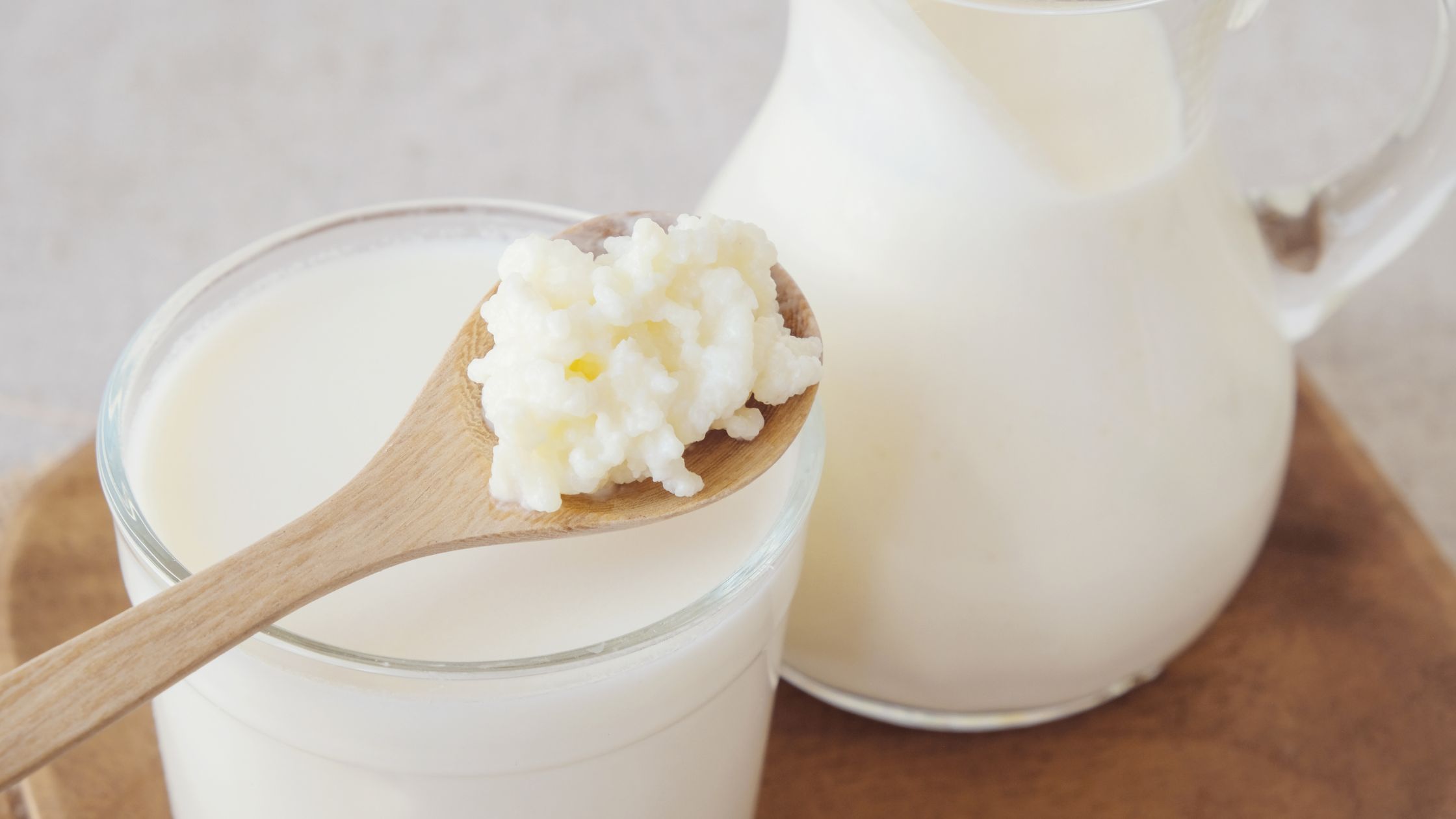 |
| walking | photo: jzlomek |
Some of the people I work with want to lose weight. So we talk not only about what they are eating (and how and why), but about the other aspects of their life. Are they engaged in some sort of mindfulness practice, do they have good social interactions, are they exercising?
When it comes to exercise often not moving enough is a big problem. If you don't like exercise, if you don't feel well, if you're very tired it can be difficult to get started. Then there is the self-created shame factor. I have many people who tell me they don't like to go to exercise classes because they feel uncomfortable in a class where everyone knows the moves and/or is thinner/fitter than they are. While I feel everyone has to start somewhere I certainly understand the uncertainty and hesitation that comes along with starting to change your routine.
In order to encourage people to begin to make small mindful changes we look at the Metabolic Equivalents for how much activity they are getting now. Then we look for ways to bump it up. Small, steady changes can have a huge effect.
Just a couple of days ago I was working with someone and made a few of my favorite suggestions to her for getting more activity into your routine. Take the stairs instead of the elevator, park further away at the grocery store/mall, and if you are watching television walk up and down the stairs (or use a stepper if you don't have stairs) during the commercials. This not only gets you moving more, it gets you in the habit of thinking about being more active.
She looked at me and accusingly asked if I did any of those things. Whoops. I do choose stairs over elevators as often as possible. If I have to park further away at the store I don't mind, but I certainly don't choose to do it, and often don't have to. And I don't walk up and down stairs when watching television (although I also don't watch much).
So I have decided to walk the walk. For the next 30 days I will deliberately choose to park as close to the furthest end of the row as possible when I am going somewhere (bonus: should be lots of parking, most people don't choose to do that). I will also commit to walking up and down stairs if I am watching television and there are commercials. And I will continue to choose stairs over elevators. I don't have a pedometer so I won't be able to tell you how many extra steps this adds to my daily/weekly routine, but I know that it will be a good thing And the next time I suggest this to someone if they ask that same question I'll be able to answer a supportive and affirmative yes.








